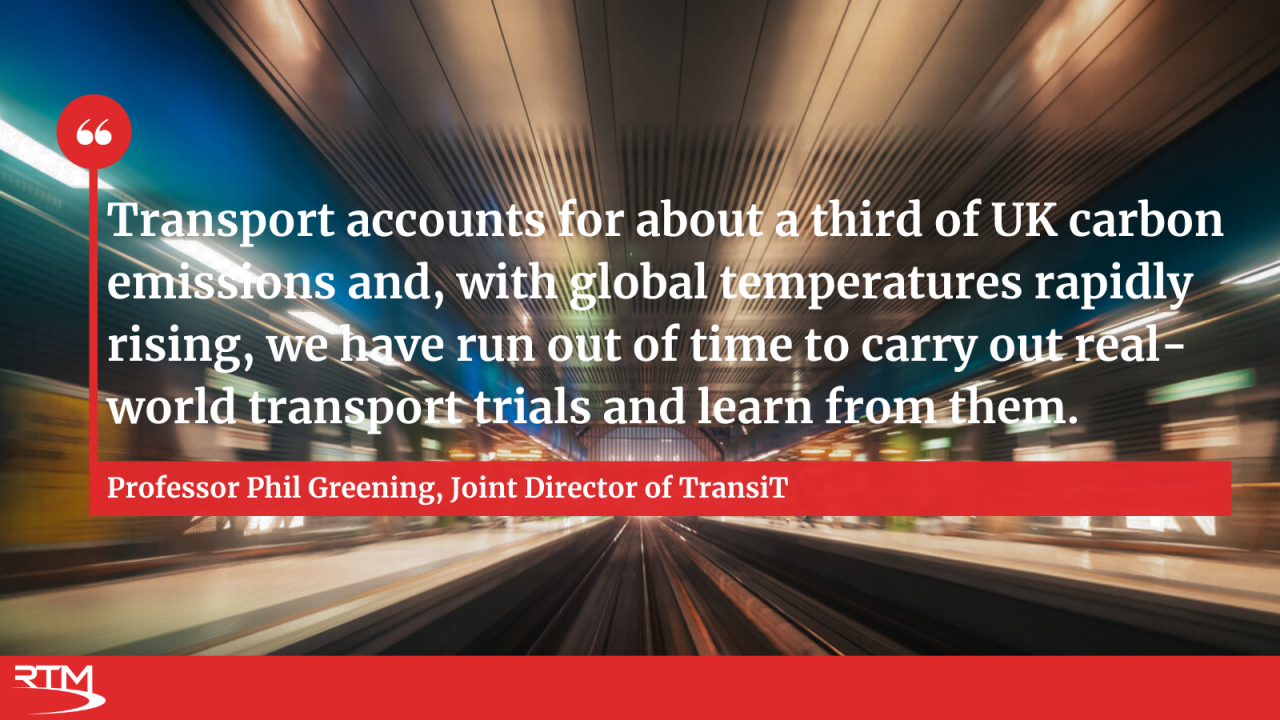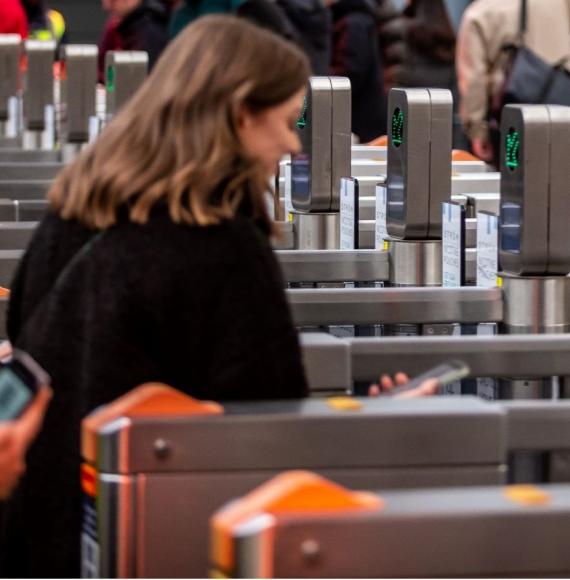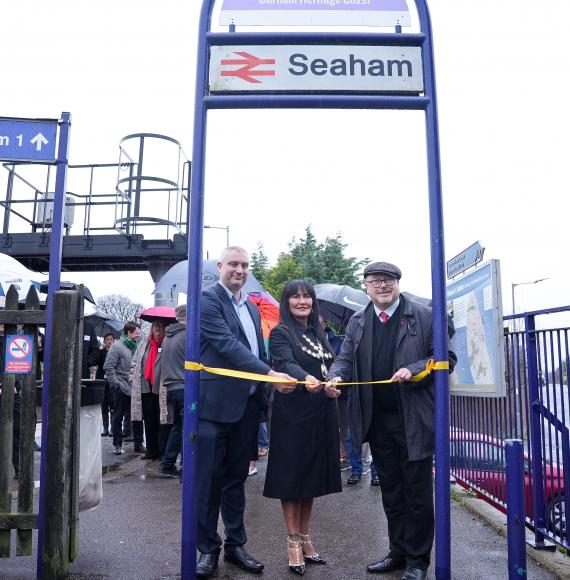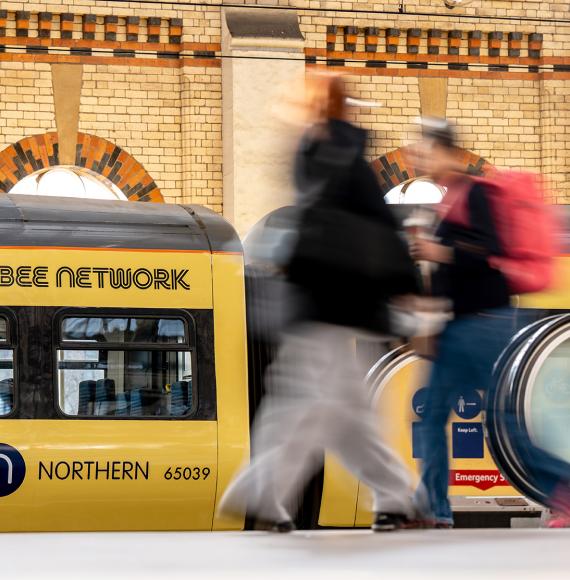A new national hub working on transport decarbonisation in the UK has secured £46 million from the UK Government and almost 70 partners.
The TransiT Hub has been granted £20 million by the UKRI Engineering and Physical Sciences Research Council (EPSRC), the UK’s main funding body for research in engineering and physical sciences. This marks the largest investment in digital twinning in the UK’s transport system to date.
Stakeholders across the digital, energy and transport sectors have provided a further £26 million, in what is thought to be one of the largest transport consortia of its kind.
The Hub is a collaboration of eight universities and 67 partners, led by the University of Glasgow and Heriot-Watt University in Edinburgh.
TransiT will develop a digital twinning approach to decarbonise transport in a low-cost and energy-efficient manner. Digital twins replicate the real world digitally, analysing real-time data from key infrastructure such as railways or motorways to test different scenarios and find more efficient solutions.
Professor Phil Greening, a logistics expert at Heriot-Watt University and joint Director of TransiT, said: “Digital twins will help us see the where, what and how to decarbonise transport. We start by building individual models of real-world transport systems.

“These can then be connected together and linked to the real world to give a bigger picture of what our future decarbonised transport system might look like – and the lowest cost way of getting there.”
The twin will help experts to understand how best to implement new carbon-saving technology such as alternative fuels and will test different transport configurations almost instantly.
Professor David Flynn, Professor in Cyber Physical Systems at the University of Glasgow joint Director of TransiT, said: “We will explore how digital twinning can improve the design of future transport solutions, to ensure services are accessible to all.
“It’s challenging for designers and engineers today to appreciate the perspective of citizens with mobility challenges and what they experience throughout the full journey. If we can create and embed new design principles, we can identify equitable pathways to decarbonisation.”
Image credit: iStock

















